
Ingredient
Marsh marigold leaves
The Golden Herb
Marsh marigold leaves are the edible leaves of the marsh marigold plant, also known as Caltha palustris. These leaves have a vibrant green color and a distinct flavor that is both slightly bitter and peppery. They are often used as a garnish or added to salads, soups, or stir-fries to provide a refreshing and tangy taste.
Origins and history
Marsh marigold leaves have a long history of culinary use, particularly in European cuisines. They have been foraged and enjoyed for centuries, with records of their consumption dating back to ancient times. Marsh marigold leaves were traditionally used for their medicinal properties as well, believed to have various health benefits.
Nutritional information
Marsh marigold leaves are low in calories and rich in vitamins A and C. They also contain minerals like calcium and potassium. Additionally, they are a good source of dietary fiber, which aids in digestion and promotes a healthy gut.
Allergens
Marsh marigold leaves are generally safe to consume, but some individuals may be allergic to them. If you have a known allergy to plants in the buttercup family, such as Ranunculaceae, it is best to avoid marsh marigold leaves.
How to select
When selecting marsh marigold leaves, look for fresh, vibrant green leaves that are free from any signs of wilting or discoloration. Avoid leaves that are yellow or brown, as they may indicate spoilage. If foraging for marsh marigold leaves, ensure that you are in an area free from pollution or contamination.
Storage recommendations
To maintain the freshness of marsh marigold leaves, store them in the refrigerator. Wrap them loosely in a damp paper towel and place them in a plastic bag. They can be stored for up to a week, but it is best to use them as soon as possible for optimal flavor and texture.
How to produce
Marsh marigold leaves can be grown in a garden or even in containers. They thrive in moist soil and prefer partial shade. Plant the seeds or seedlings in early spring and provide regular watering to ensure healthy growth. Harvest the leaves when they are young and tender for the best flavor.
Preparation tips
Marsh marigold leaves can be used as a garnish for salads, soups, or stir-fries, adding a burst of freshness and tanginess to the dish. They can also be blanched and used as a filling for ravioli or added to omelets for an extra layer of flavor.
Culinary uses
Marsh marigold leaves are primarily used in European cuisines, particularly in countries like France, Germany, and the United Kingdom. They are often added to salads, soups, or stir-fries to provide a refreshing and tangy taste. Marsh marigold leaves are also used as a garnish for various dishes.
Availability
Marsh marigold leaves are commonly found in wetland areas throughout Europe, North America, and Asia. They can be foraged in the wild or purchased from specialty stores or farmers markets.
More ingredients from this category » Browse all

Senna leaves
The Natural Laxative: Unveiling the Power of Senna Leaves
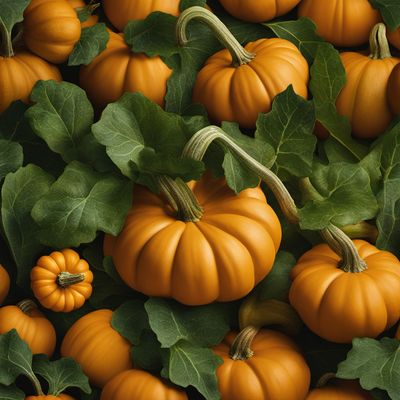
Pumpkin leaves
The Nutritious Greens: Pumpkin Leaves
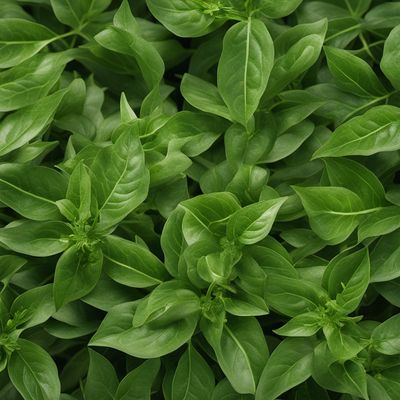
Pepper leaves
The Leafy Delight: Unveiling the Hidden Potential of Pepper Leaves
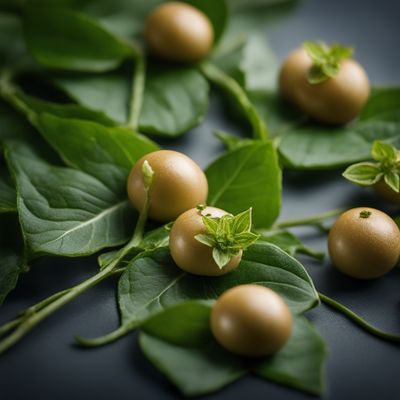
Blumea leaves
The Aromatic Herb: Blumea Leaves
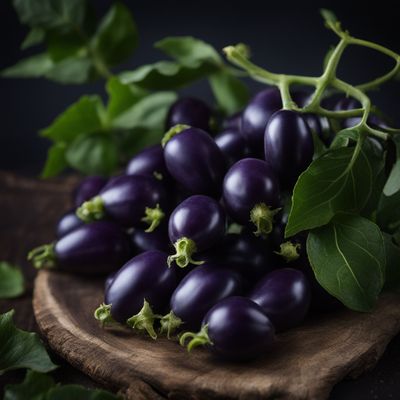
Nightshade, black
The Dark Delight: Unveiling the Secrets of Black Nightshade
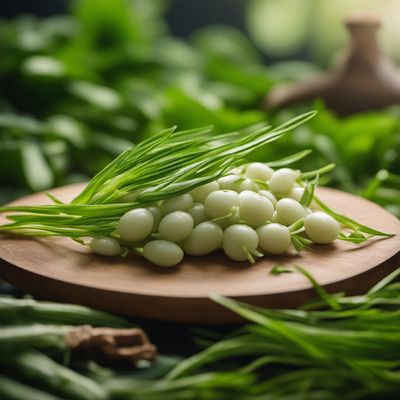
Melientha grass
The Fragrant Herb: Unveiling the Wonders of Melientha Grass

Mallow leaves
Velvety Greens with a Mild Bite

Chayote leaves
Versatile Green Delight: Chayote Leaves
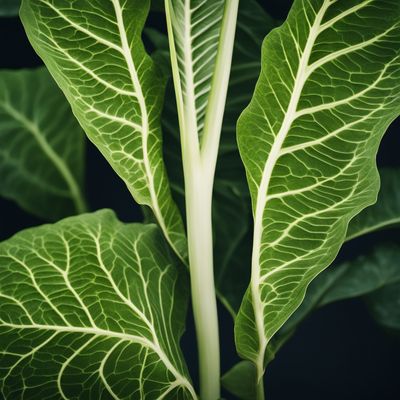
Taro leaves
The Verdant Delicacy: Taro Leaves

Blackjack leaves
The Versatile Blackjack
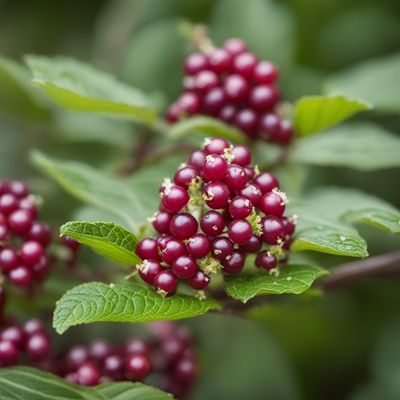
Pokeweed
The Wild Wonder: Pokeweed

Jew's mallow leaves
The Nutritional Powerhouse: Jew's Mallow Leaves
Recipes using Marsh marigold leaves

Grilled Seaweed Rolls with Sesame Sauce
Savory Seaweed Delight: Grilled Gim Gui with Irresistible Sesame Sauce
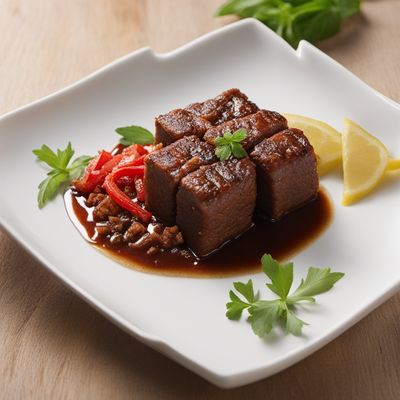
Eritrean-style Beef Negimaki
Spiced Beef Rolls with Herb-infused Sauce

Carmarthenshire-inspired Bakarkhani
Welsh Twist on Bakarkhani: A Carmarthenshire Delight

Belokranjska Povitica with a Twist
Slovenian Delight: A Modern Twist on Belokranjska Povitica

Basque-style Gâteau de Ménage
Basque Delight: A Twist on Gâteau de Ménage
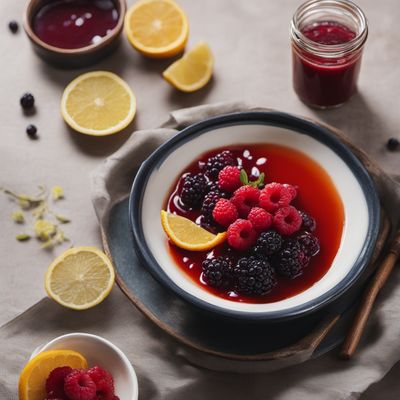
Wojapi - Traditional Native American Berry Sauce
Sacred Berry Delight: A Flavorful Journey into Native American Cuisine